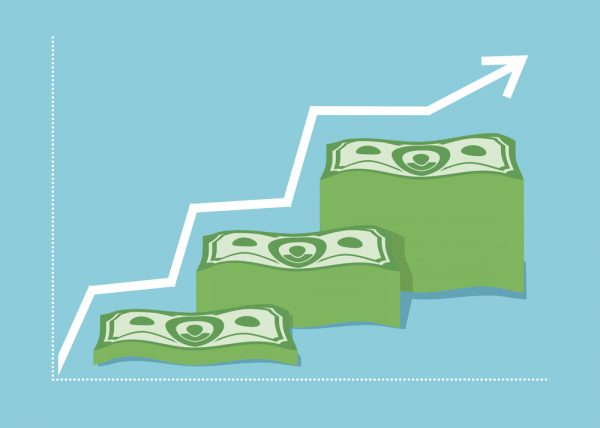Increasing Profit Margins By Decreasing Inefficiency
The success or failure of every business is determined by its management’s decisions. Selling new products, opening new markets outsourcing business functions and every other decision affects the bottom line. Since business conditions are constantly changing, management must be aware of trends, like posting on a professional networking website, and technologies that will give its entity the highest return on its investment.
The Bottom Line
The net income is calculated by subtracting expenses from the revenue. To increase the net income, management must raise prices, reduce expenses or use a combination of both. In reality, the solution may be found in more efficient operations. Management may optimize workflows in a department, but optimizing workflows through processes considers the whole business.
A process may be defined as a flow of connected activities that lead to a business transaction. The process of selling one item could include its purchase from the manufacture, shipping to its point of sale, storage, keeping records for the item and other phases of the business transaction. Theoretically, optimal efficiency is achieved when all processes are optimized. Optimizing business operations by process is known as Business Process Management or BPM.
Optimizing Operations
-
Computer Modeling
There is no set standard for modeling processes. However, models must include all the steps in the process. Workflows, personnel interactions, equipment and every other action that affect the transaction are necessary for the model’s accuracy.
The model may be used to determine the outcome when changes are made. Changes in rent or other costs can increase or decrease the bottom line. Process modeling presents a broad overview.
-
Automation
When the model is completed, software and machinery may be needed to execute the process. Some software applications may be available within the process, but most of the software must be written due to the business’ specific needs. Any required machinery and all participants must be in place when the execution phase begins.
-
Controls
It is essential to establish control over the process to be certain that it follows the model’s designed course. Any variation destroys the model’s value, and can lead to costly mistakes. These controls may be strictly enforced or outlined in manuals
-
Execution and Control
Every model works well in the planning stage, but some flaws are not detected until the process is executed. All phases of the process must be executed to determine that the process is working smoothly. Any flaws that are detected must be corrected and retested. Once the execution phase is completed, the monitoring stage begins.
-
Monitoring
Even in the best model designs, some flaws may occur due to a minor change that was overlooked during the execution phase. Monitoring also allows management to evaluate the process. Tracking an article from the manufacturer to point of sale to delivery may reveal some downtime. Knowing where downtime occurs alerts management the opportunity to correct the process. Not knowing that the inefficiency exists, decreases the bottom line.
-
Measurement
The model’s value is in quantitative values that let management make informed decisions. Knowing that a process is operating at its optimum means that the process is as efficient as possible. However, process optimums change with new events.
-
Continuing Optimization
Process optimization is constantly changing. Businesses set new goals, gain new markets, install new technology and change countless other things to meet market conditions. With new workflows and equipment, managed must recognize that some inefficiencies may come with progress.
Conclusion
Businesses increase profits by eliminating inefficiencies. By identifying those inefficiencies and optimizing business processes a company can cut down on wasted time and resources, thus improving its profit margins in the long run.









